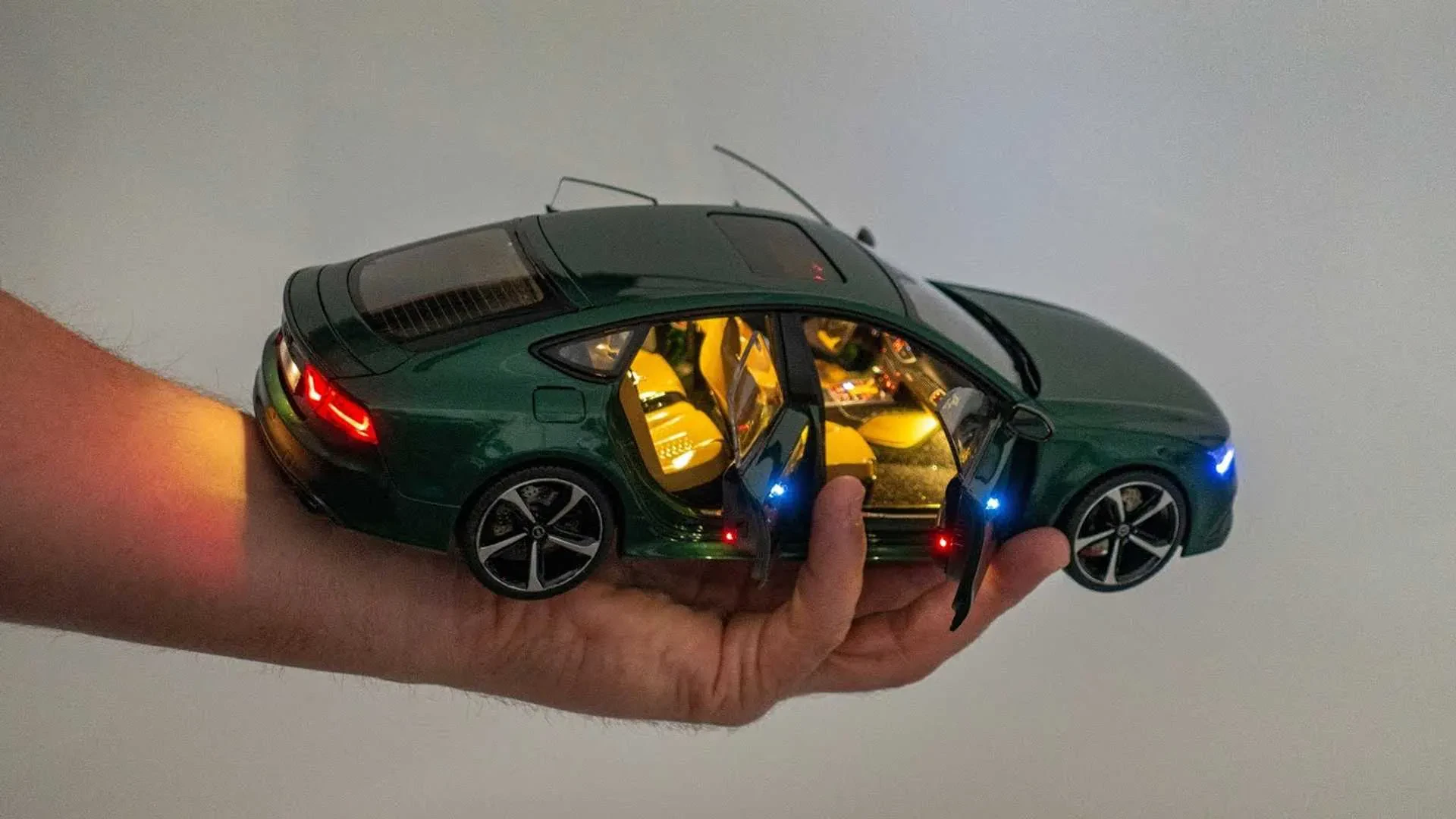Ever wondered about those tiny, detailed cars, trucks, and planes sitting on shelves, adorning desks, or meticulously arranged in display cases? Those are likely diecast models, and they represent a fascinating hobby enjoyed by millions around the globe. But what exactly is a diecast model, and why are they so popular?
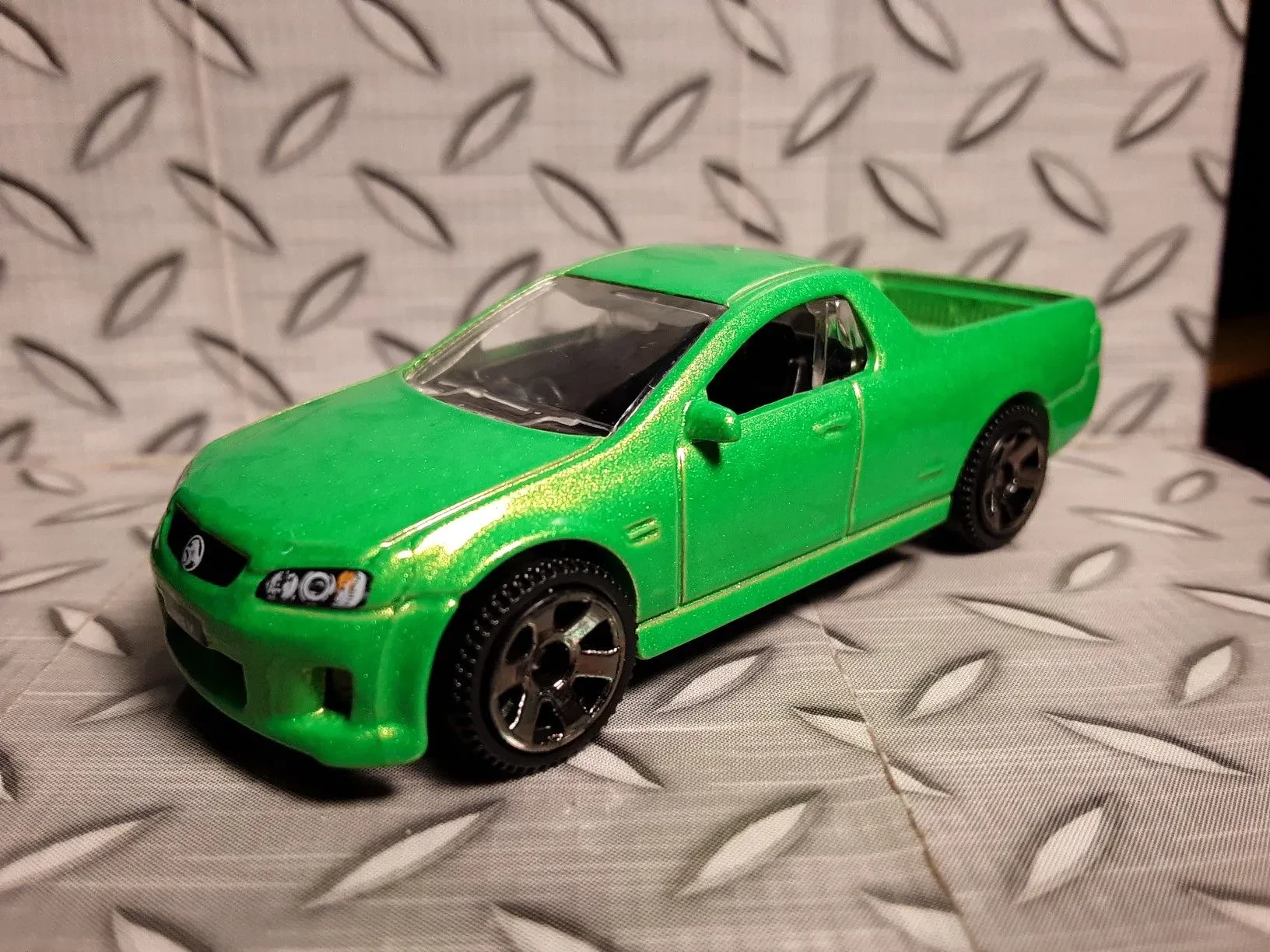
What’s the Deal with Diecast?
Simply put, a diecast model is a replica of a vehicle or other object made primarily from metal, usually zinc alloy. The term ‘diecast’ refers to the manufacturing process where molten metal is injected under high pressure into a mold cavity (the die). Once the metal cools and solidifies, the mold is opened, and the diecast part is ejected.
This process allows for incredibly detailed and accurate reproductions, making diecast models much more than just toys. They’re often scaled-down versions of real-life vehicles, aircraft, or even fictional creations, capturing the essence of the original in miniature form.
Unlike plastic model kits that require assembly, diecast models usually come pre-built, although some do involve minor assembly of smaller parts like mirrors or antennas. This makes them appealing to a wider audience, from casual collectors to serious enthusiasts who appreciate the intricate details and historical accuracy.
A Little History of Tiny Cars
The history of diecast models stretches back to the early 20th century. Early examples were often simple, crude representations, but the technology rapidly advanced. Companies like Meccano (Dinky Toys) and Tootsietoy were pioneers in the field, producing popular diecast models that captivated children and adults alike.
The post-World War II era saw a boom in diecast model production, fueled by advancements in manufacturing techniques and a growing interest in automobiles. Brands like Corgi Toys, Matchbox, and Hot Wheels emerged, becoming household names and shaping the diecast landscape we know today.
Each brand brought its own unique style and approach to diecast models. Corgi, for instance, was known for its innovative features like working steering and suspension, while Matchbox focused on producing a wide range of vehicles at an affordable price. Hot Wheels, on the other hand, emphasized speed, performance, and eye-catching designs, appealing to a younger demographic.
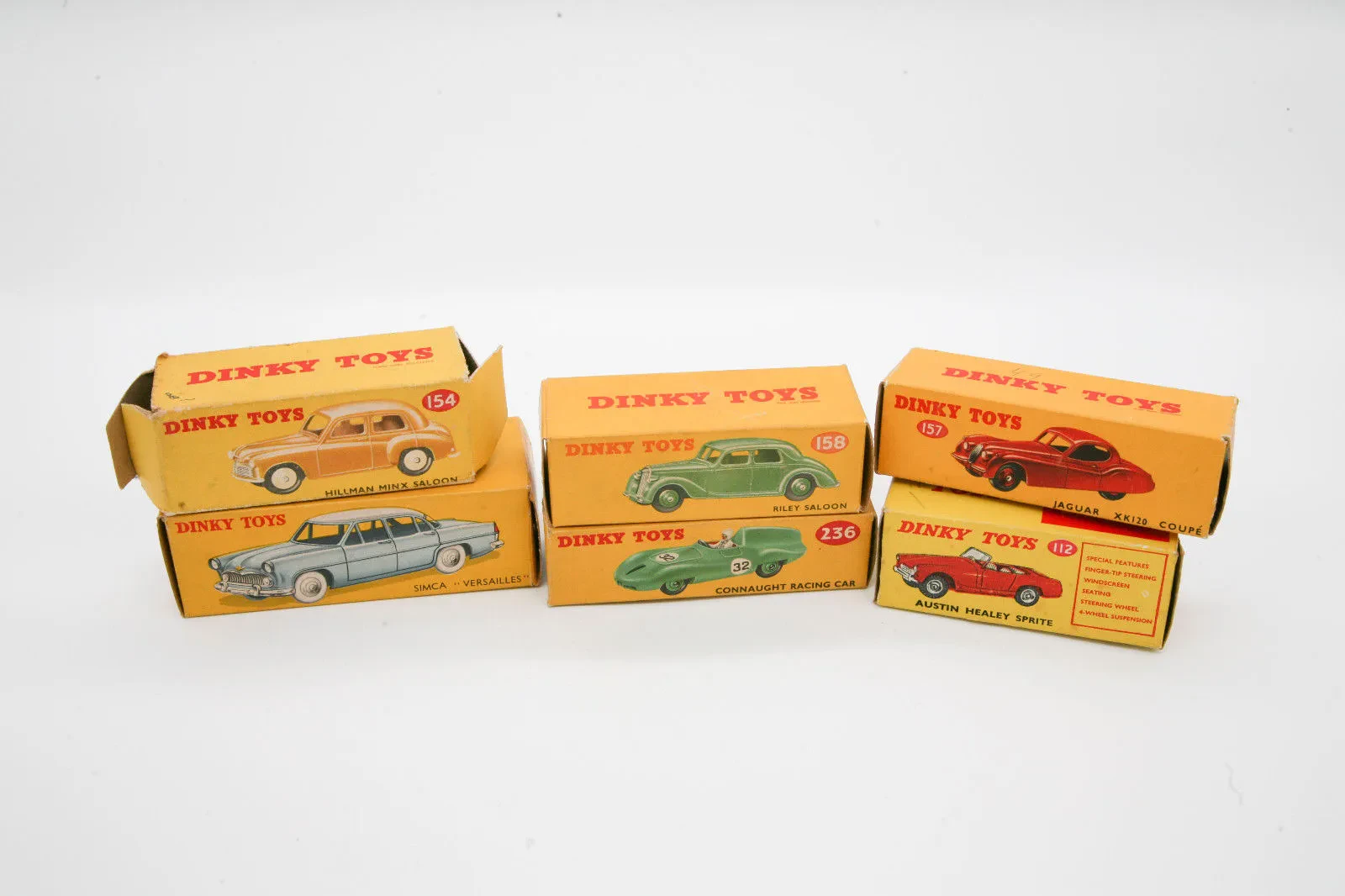
Scales and Sizes: Understanding the Numbers
Diecast models come in a variety of scales, which represent the ratio between the model’s size and the real object’s size. Common scales include 1/18, 1/24, 1/43, 1/64, and 1/87. The larger the denominator, the smaller the model.
For example, a 1/18 scale model means that the model is 1/18th the size of the real vehicle. These larger scales, like 1/18 and 1/24, tend to have more detail and features, making them popular among serious collectors. Smaller scales, like 1/64 (the size of a typical Hot Wheels or Matchbox car), are more affordable and take up less space, making them ideal for casual collectors and play.
Choosing the right scale depends on your personal preferences, budget, and the amount of display space you have available. Some collectors focus on a specific scale, while others collect across multiple scales to build a diverse collection.
Collecting Diecast: Where to Start?
The world of diecast collecting can seem overwhelming at first, but it’s actually quite accessible. Here’s a simple guide to get you started:
- Decide what you want to collect: Do you have a favorite car brand? A specific era of vehicles you admire? Focusing your collection will make it more manageable and enjoyable.
- Set a budget: Diecast models can range in price from a few dollars to hundreds of dollars, depending on the scale, detail, and rarity. Setting a budget will help you avoid overspending.
- Do your research: Learn about different brands, scales, and models. Online forums, websites, and books can provide valuable information.
- Find reputable sources: Purchase your models from authorized dealers, reputable online retailers, or trusted collectors. This will help you avoid scams and counterfeit products.
- Take care of your collection: Store your models in a cool, dry place away from direct sunlight. Dust them regularly to prevent damage.
- Connect with other collectors: Join online communities or local clubs to share your passion and learn from others.
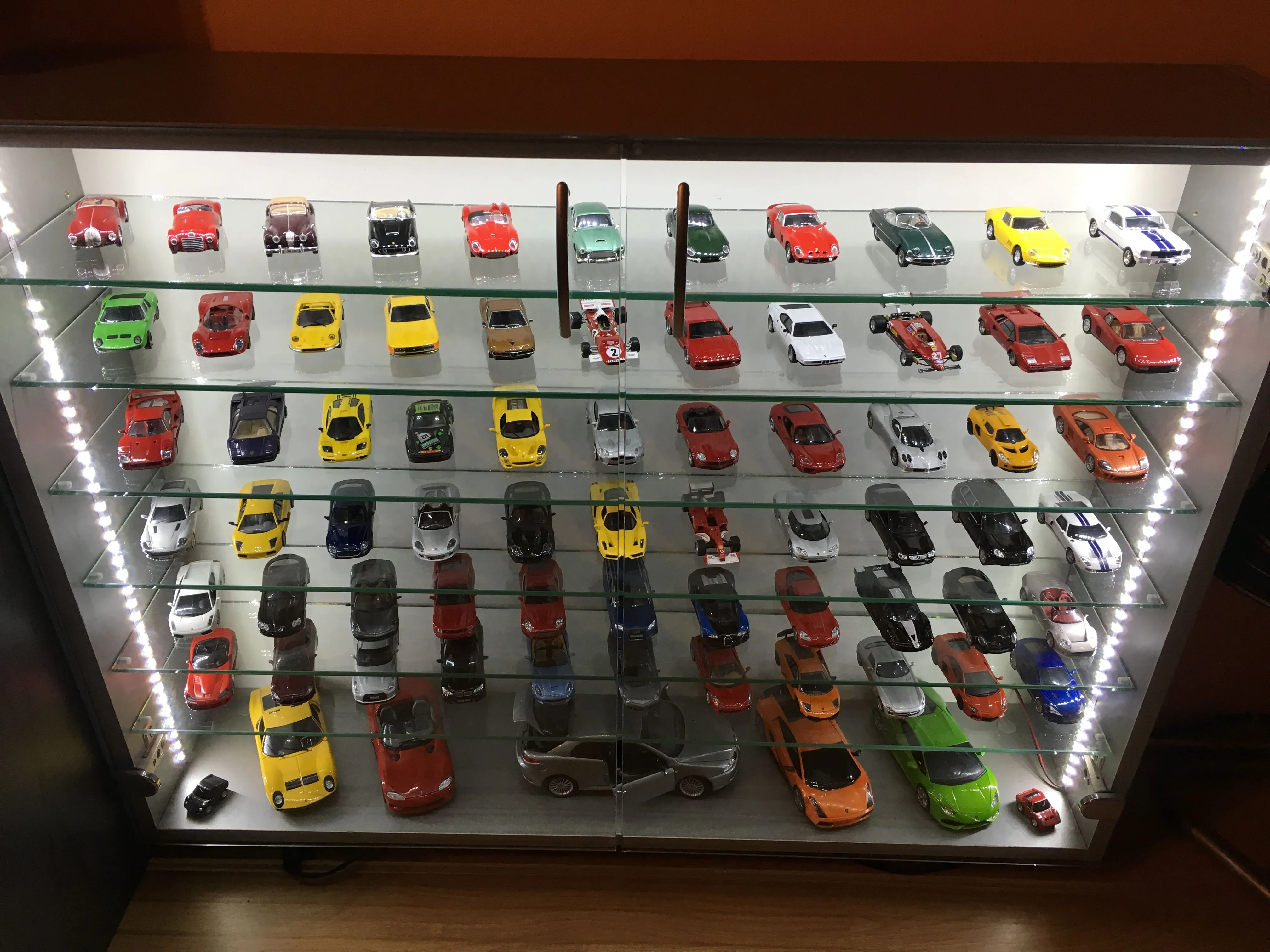
Things to Consider When Buying
- Condition: Check for any scratches, dents, or missing parts. Mint condition models are generally more valuable.
- Rarity: Limited edition or discontinued models are often highly sought after by collectors.
- Packaging: The original packaging can add to the value of a diecast model, especially if it’s in good condition.
- Authenticity: Be wary of counterfeit or replica models, especially when buying online. Look for reputable sellers and check for identifying marks or serial numbers.
- Detail: Pay attention to the level of detail and accuracy of the model. Higher-quality models will have more realistic features and finer details.
Ultimately, the most important thing is to collect what you enjoy. Whether you’re drawn to classic cars, modern supercars, or fictional vehicles, the world of diecast offers something for everyone.
The Future of Diecast
The diecast hobby continues to evolve with technological advancements and changing consumer tastes. We’re seeing more and more highly detailed models with intricate interiors, functioning lights, and even sound effects. 3D printing is also playing an increasingly important role, allowing for the creation of custom parts and even entire models.
The digital age has also transformed the way collectors buy, sell, and connect with each other. Online marketplaces and social media groups have made it easier than ever to find rare models and share your passion with like-minded individuals.
The appeal of diecast models lies in their ability to capture the essence of real-world objects in miniature form. They’re not just toys; they’re pieces of history, works of art, and symbols of our shared fascination with vehicles and machines. Whether you’re a seasoned collector or just starting out, the world of diecast offers a rewarding and engaging hobby that can last a lifetime. So, go ahead, dive in and discover the miniature worlds that await you!
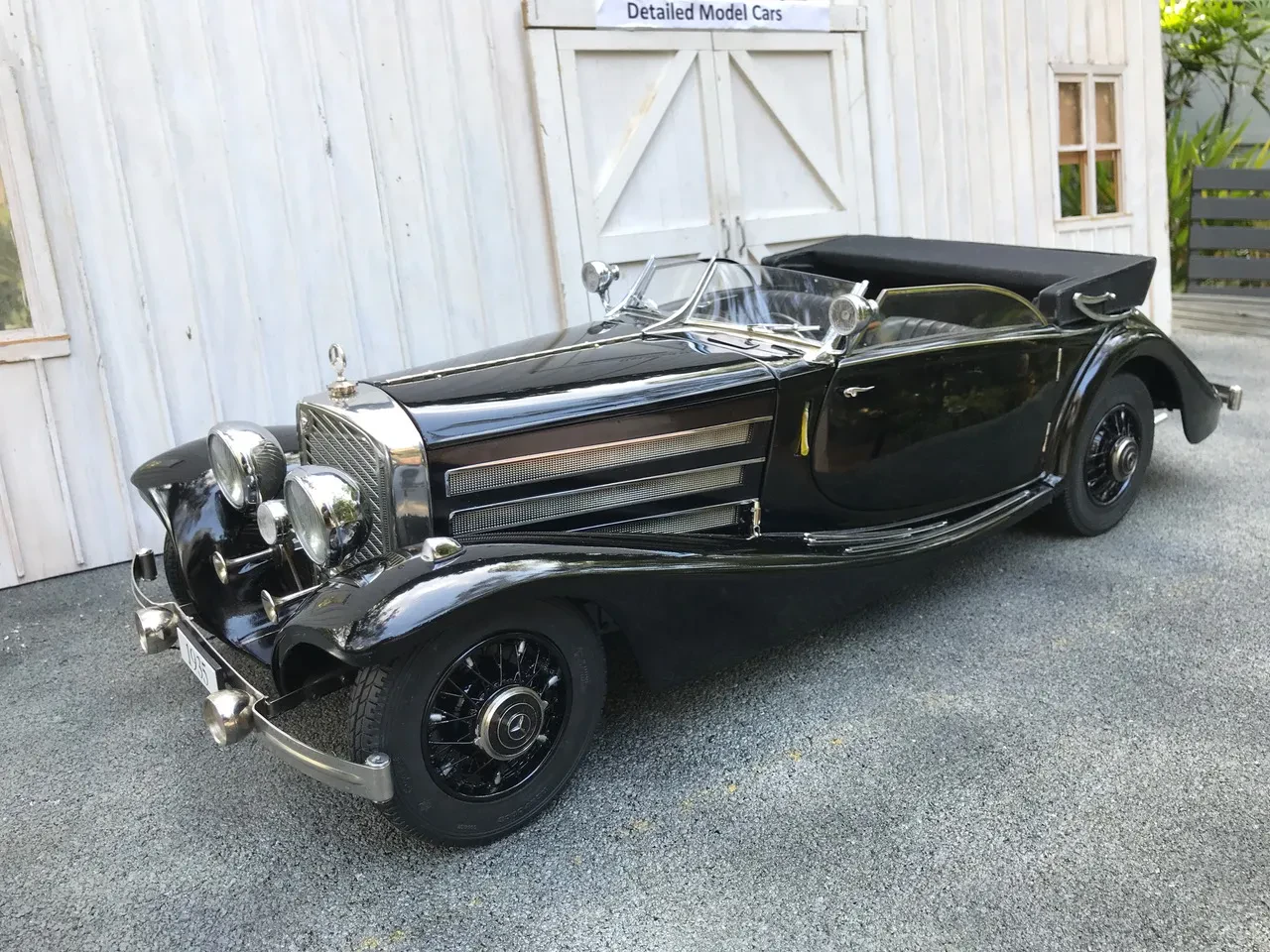
In 2024, the diecast world continues to thrive. New manufacturers are emerging, pushing the boundaries of detail and realism. Classic models are being reissued with updated features, and online communities are growing stronger than ever. The future looks bright for this timeless hobby!
